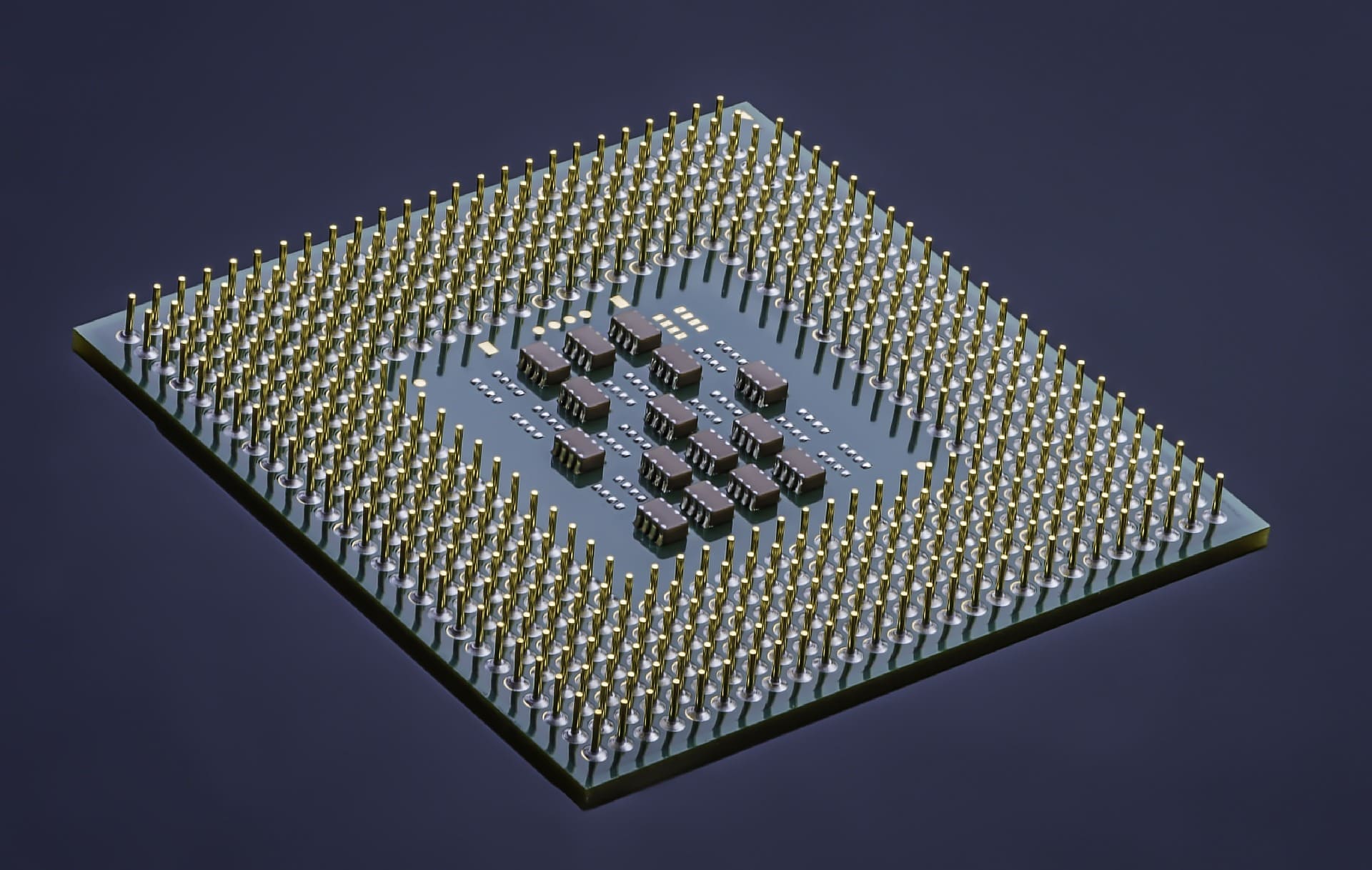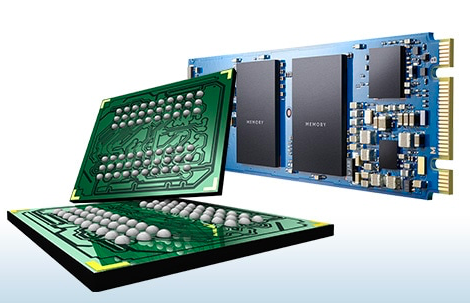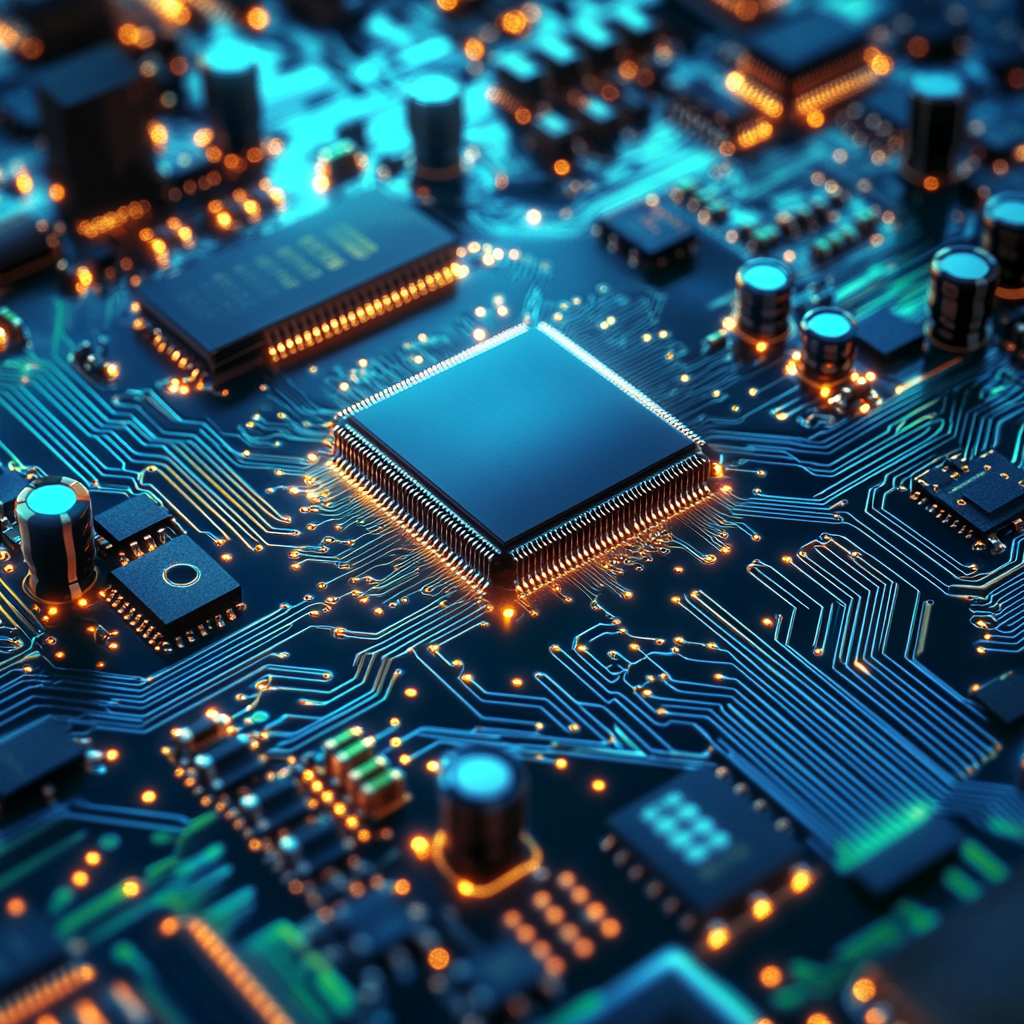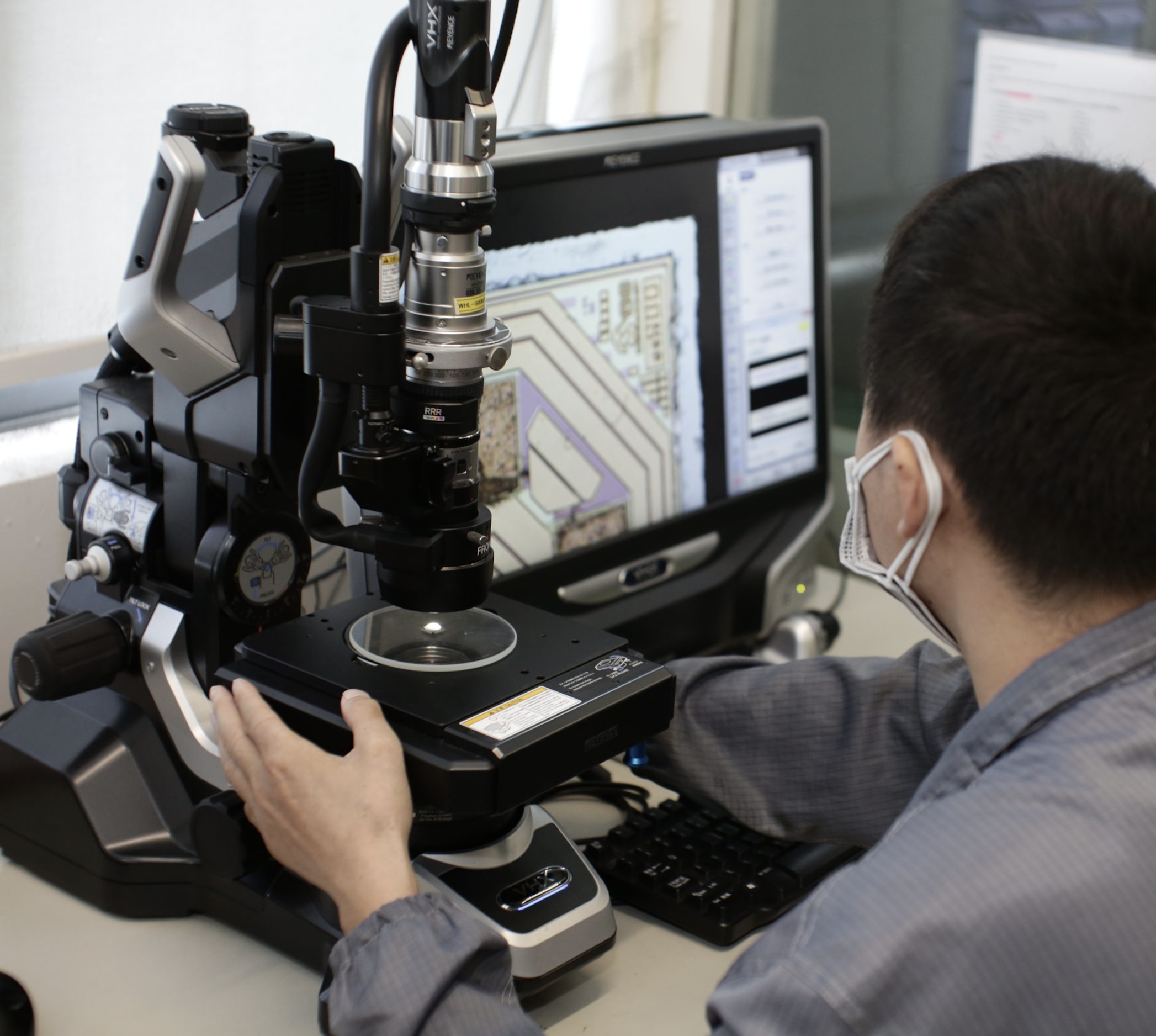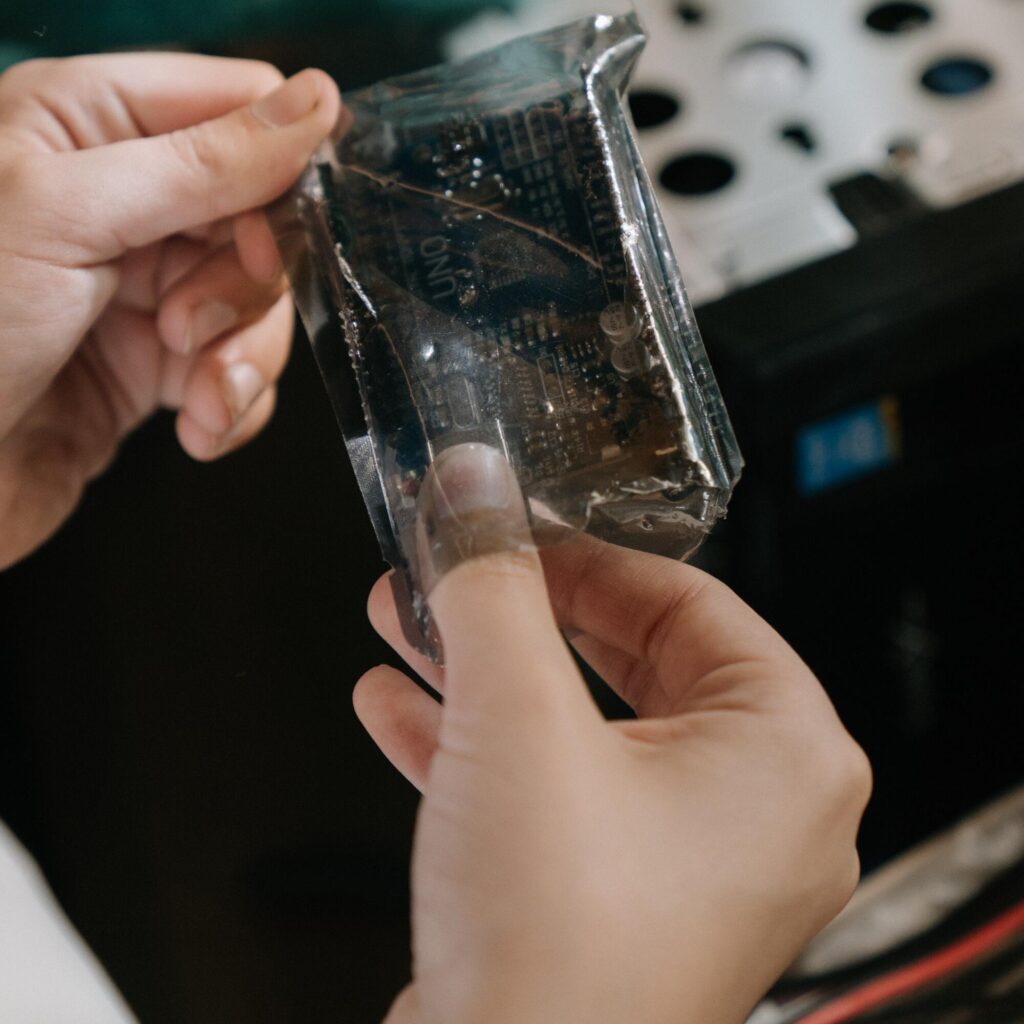What is the Difference Between A Microcontroller and A Microprocessor?
When it comes to embedded systems, two terms that are often used interchangeably are microcontroller and microprocessor. While both are electronic components that form the core of an embedded system, they have significant differences that set them apart. In this article, we will explore the differences between microcontrollers and microprocessors.
First, let’s define what each term means. A microprocessor is a central processing unit (CPU) on a single integrated circuit chip that is responsible for executing instructions in a computer program. It is designed to perform arithmetic and logical operations, and it communicates with other components in the system through input/output (I/O) ports. In other words, a microprocessor is the brain of a computer.
On the other hand, a microcontroller is also a small computer on a single integrated circuit chip, but it includes not only a CPU but also other components such as memory, input/output ports, timers, and analog-to-digital converters (ADCs). These components allow the microcontroller to interact with the environment and control the behavior of the system.
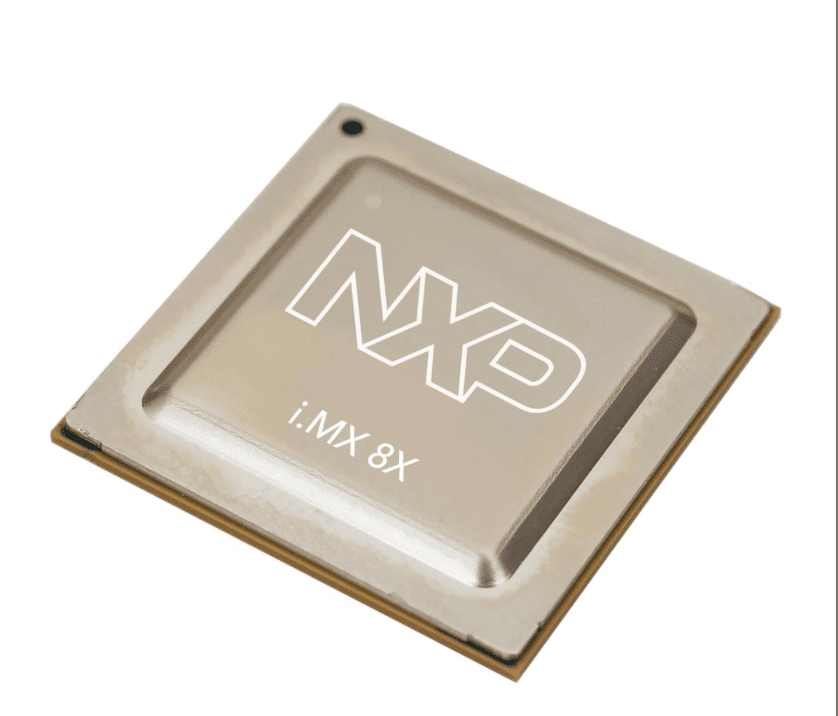
The main difference between a microcontroller and a microprocessor is that a microcontroller is a complete system on a chip, whereas a microprocessor is just the CPU. This means that a microcontroller is more suitable for embedded systems that require control of physical processes and real-time interaction with the environment.
Another key difference is in the way they are programmed. Microprocessors are programmed using high-level languages such as C or Assembly, and they require external memory to store the program and data. Microcontrollers, on the other hand, are programmed using specialized Integrated Development Environments (IDEs) that include libraries and frameworks specific to the microcontroller. They have built-in memory, both ROM (Read-Only Memory) for storing the program code and RAM (Random Access Memory) for storing data.
Because microcontrollers have more components integrated into a single chip, they tend to be more cost-effective and efficient than microprocessors for embedded systems. They are also easier to design and maintain, as they require fewer external components.
In summary, while microprocessors are ideal for general-purpose computing tasks, microcontrollers are better suited for embedded systems that require real-time interaction with the environment and physical control. Microcontrollers are complete systems on a chip, with memory, I/O, timers, and ADCs, and are programmed using specialized IDEs, while microprocessors are just CPUs and require external memory for program and data storage. Understanding the differences between these two components is crucial for designing effective embedded systems.
Ask For Quote Now
Submit Your Inquiry to Inteco,
All the Inquiries Will Be Replied Within 24 Hours!
Please Pay Attention to the Email with the Suffix @intecoelectronics.com
Note: Your email information will be kept strictly confidential.

